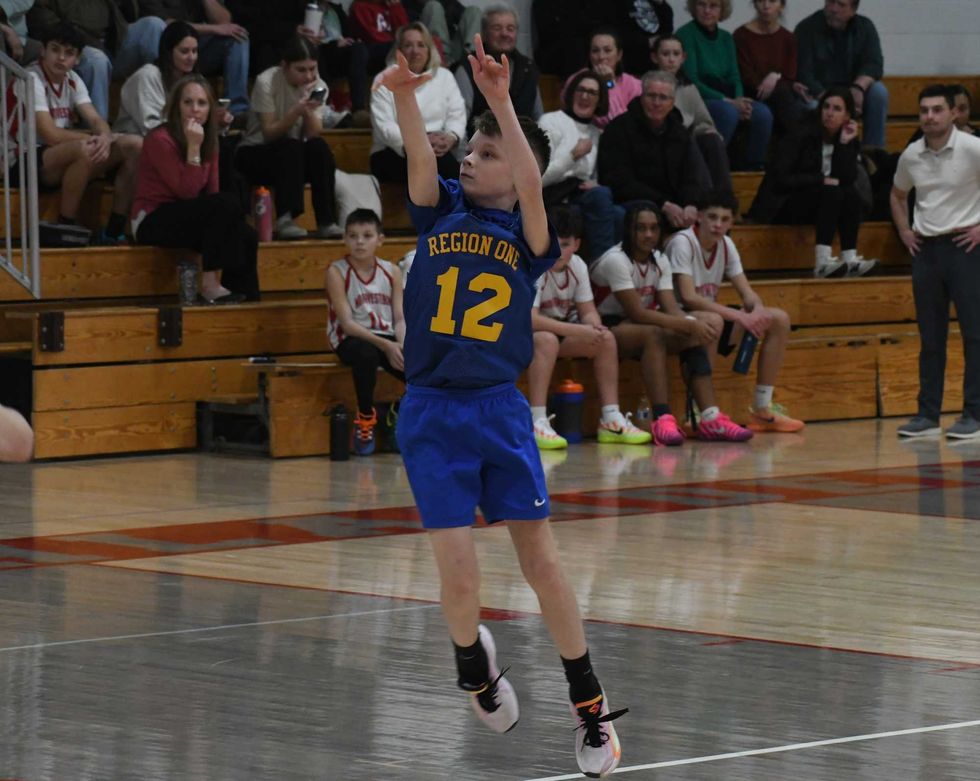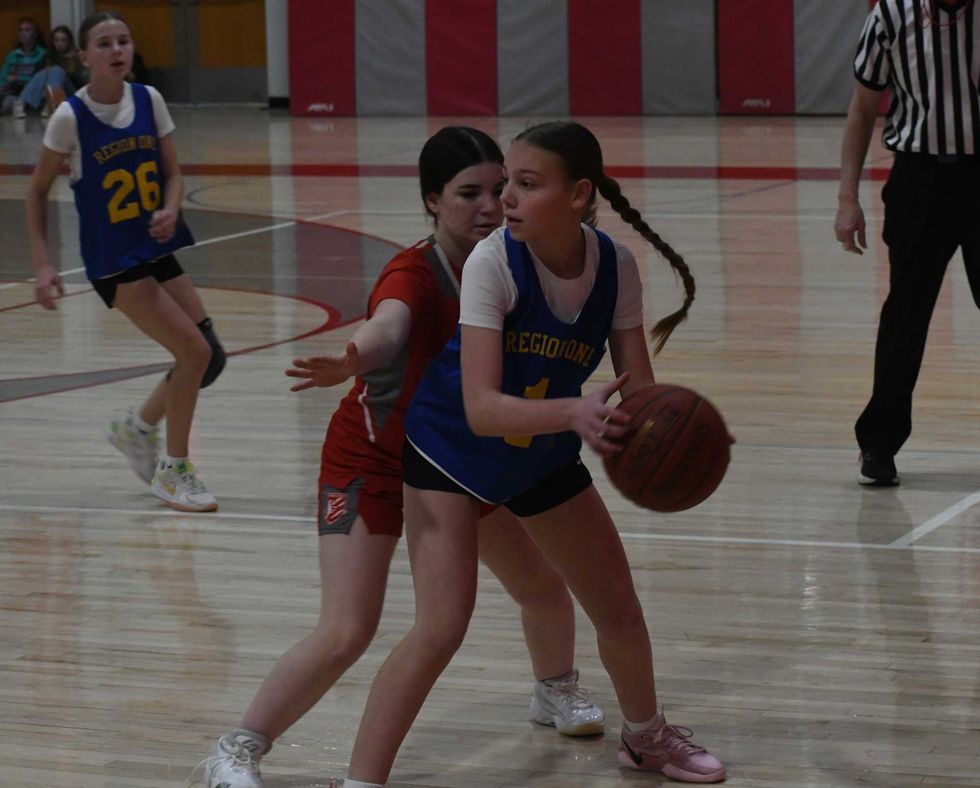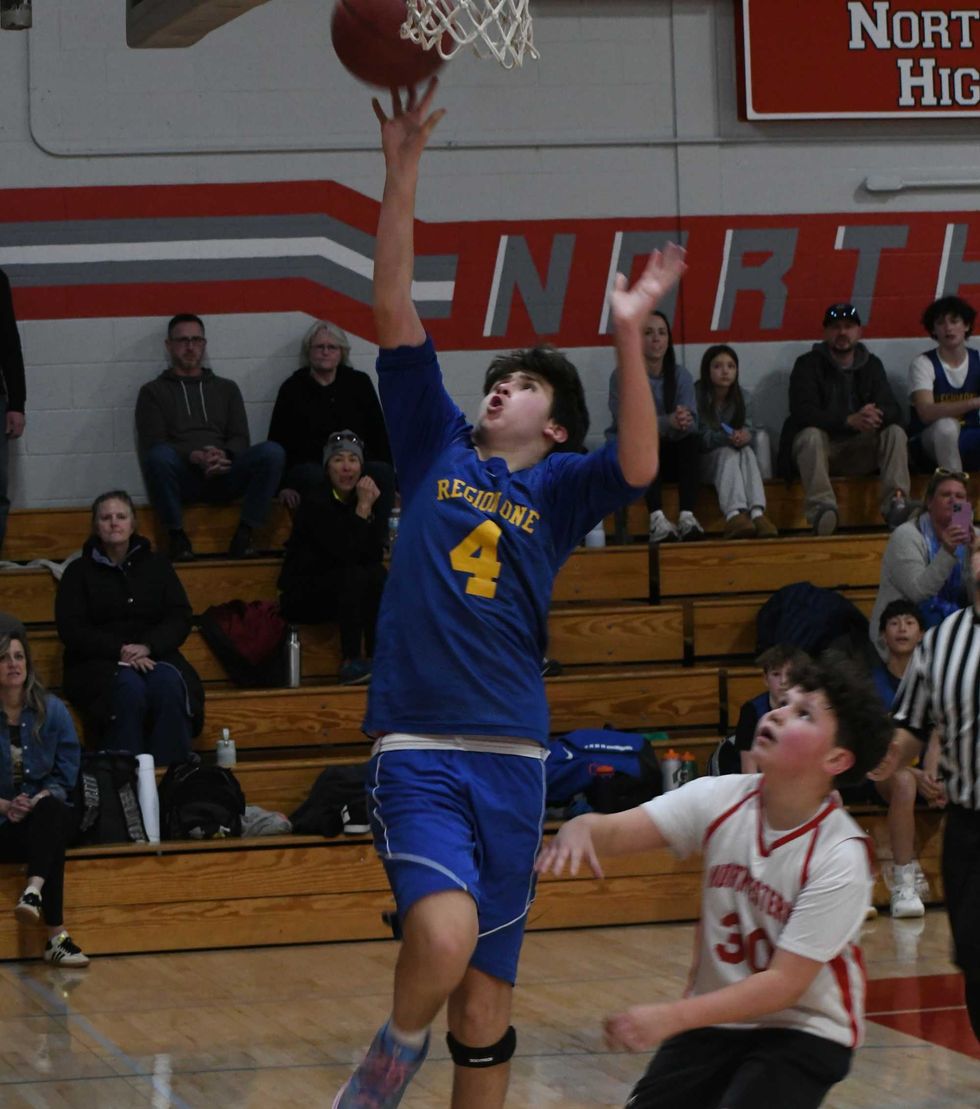After a decline, homelessness rises again across the Northwest Corner
Part One: ‘A Public Health Emergency’
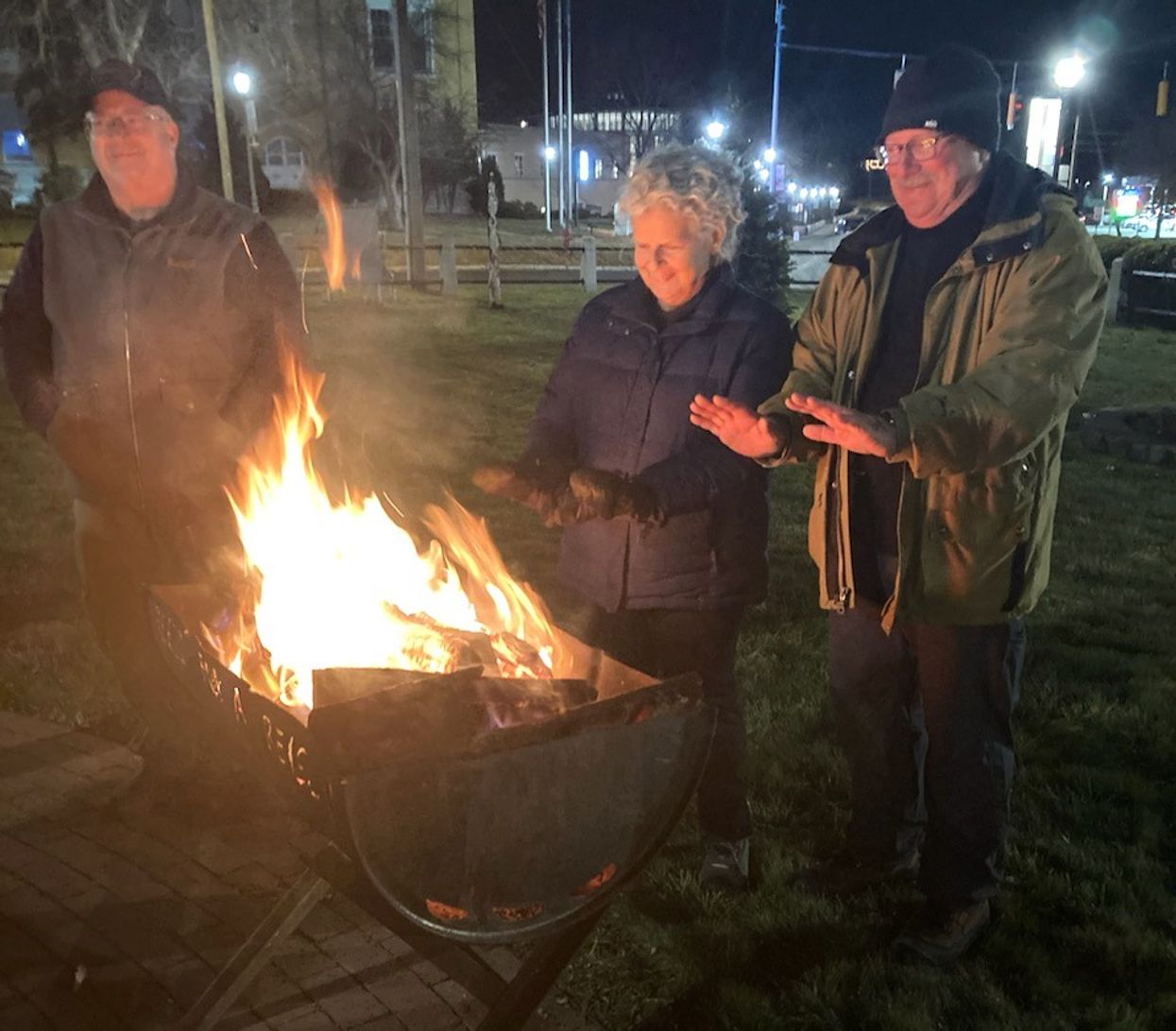
Participants in the Northwest YMCA’s Freezin’ for a Reason fundraiser warm their hands on the open fire.
Photo by Paul Venti


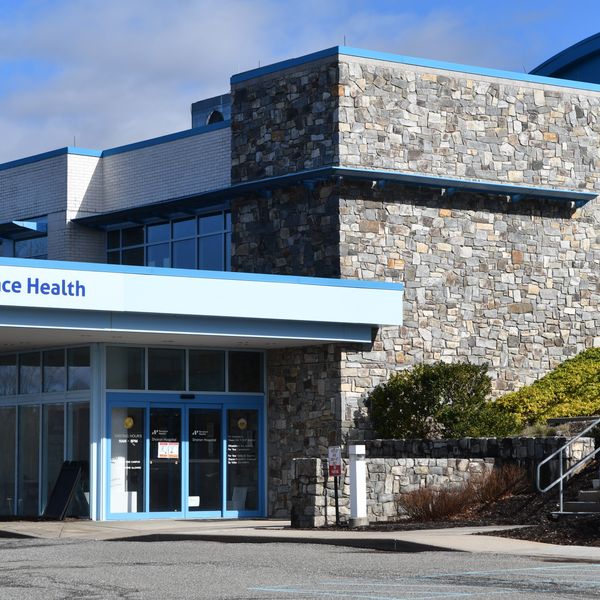


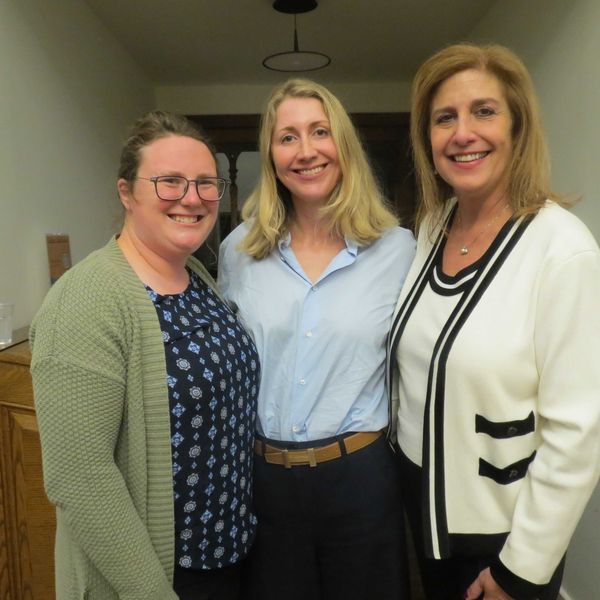
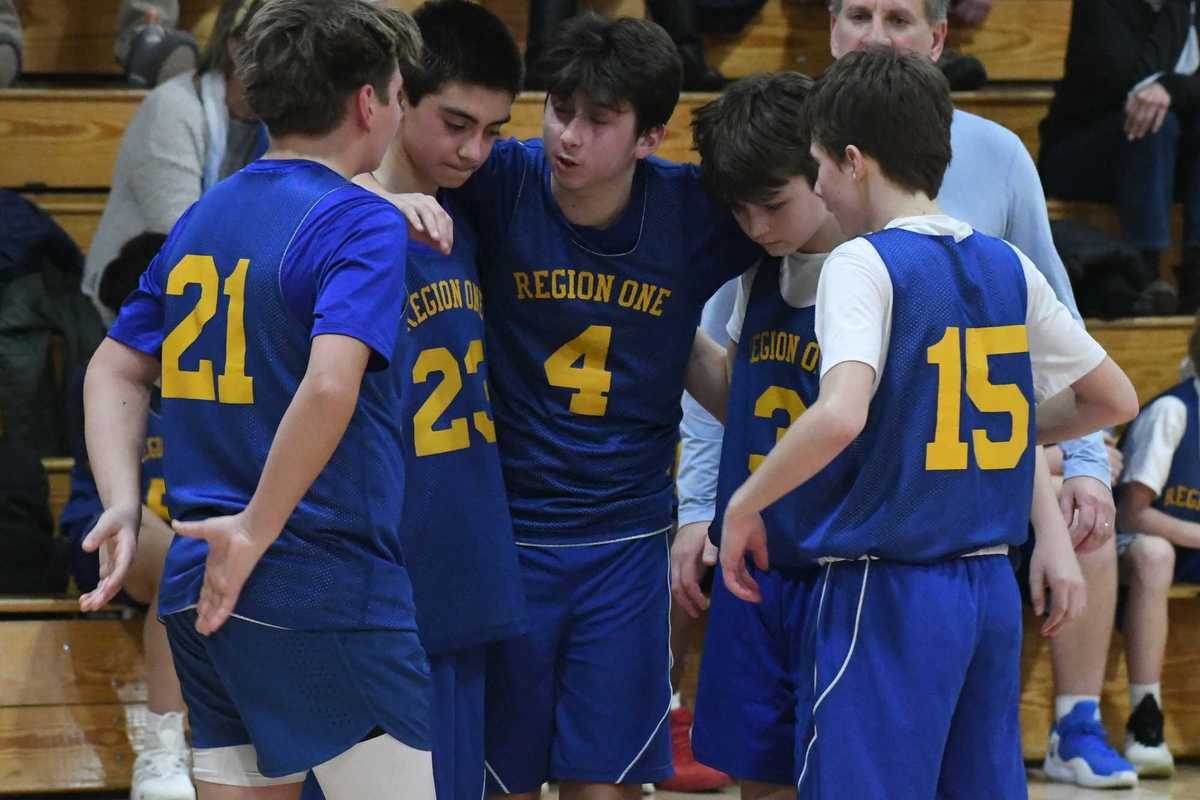
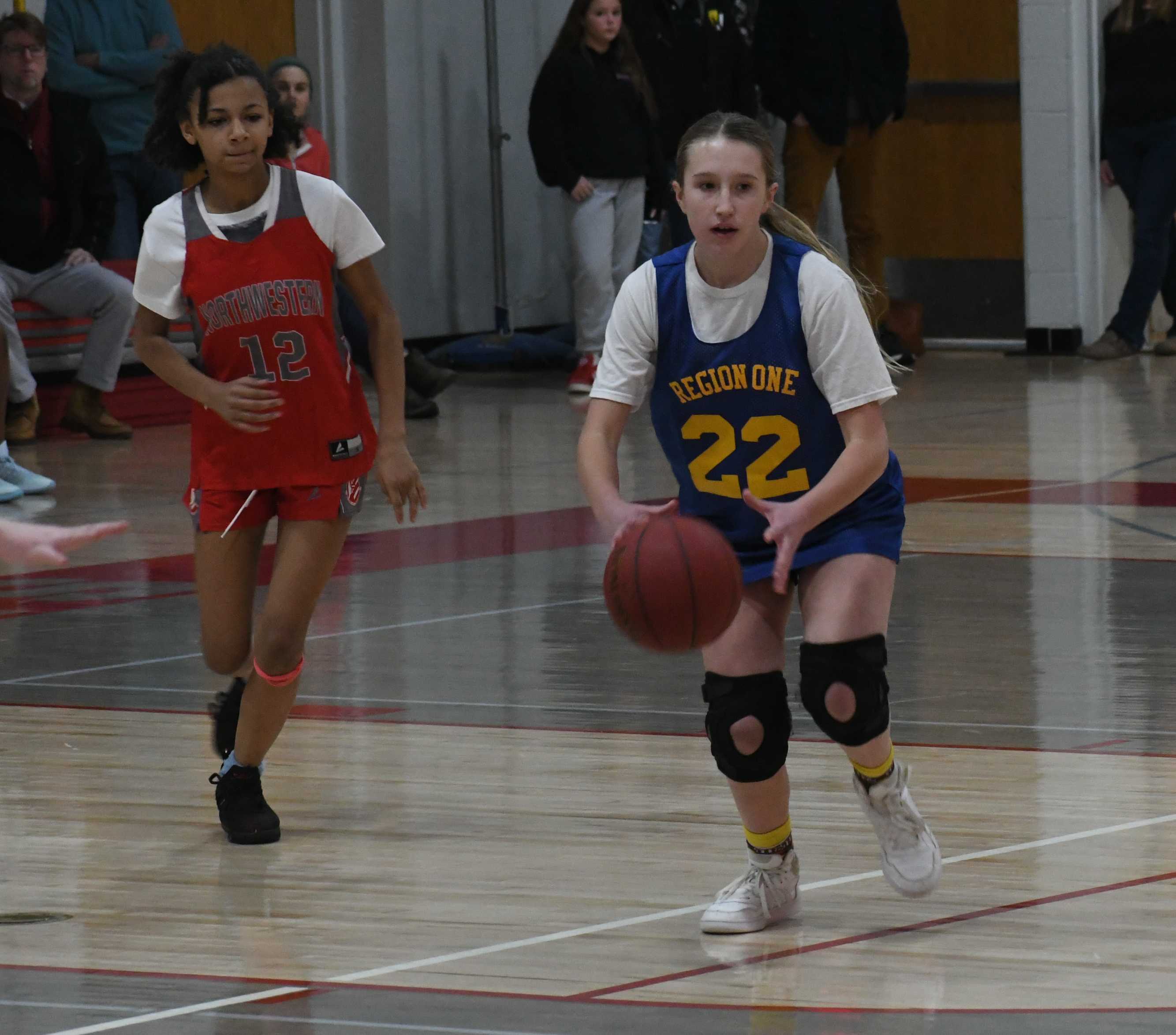 The Region One middle school girls basketball team played Northwestern Jan. 15.Photo by Riley Klein
The Region One middle school girls basketball team played Northwestern Jan. 15.Photo by Riley Klein